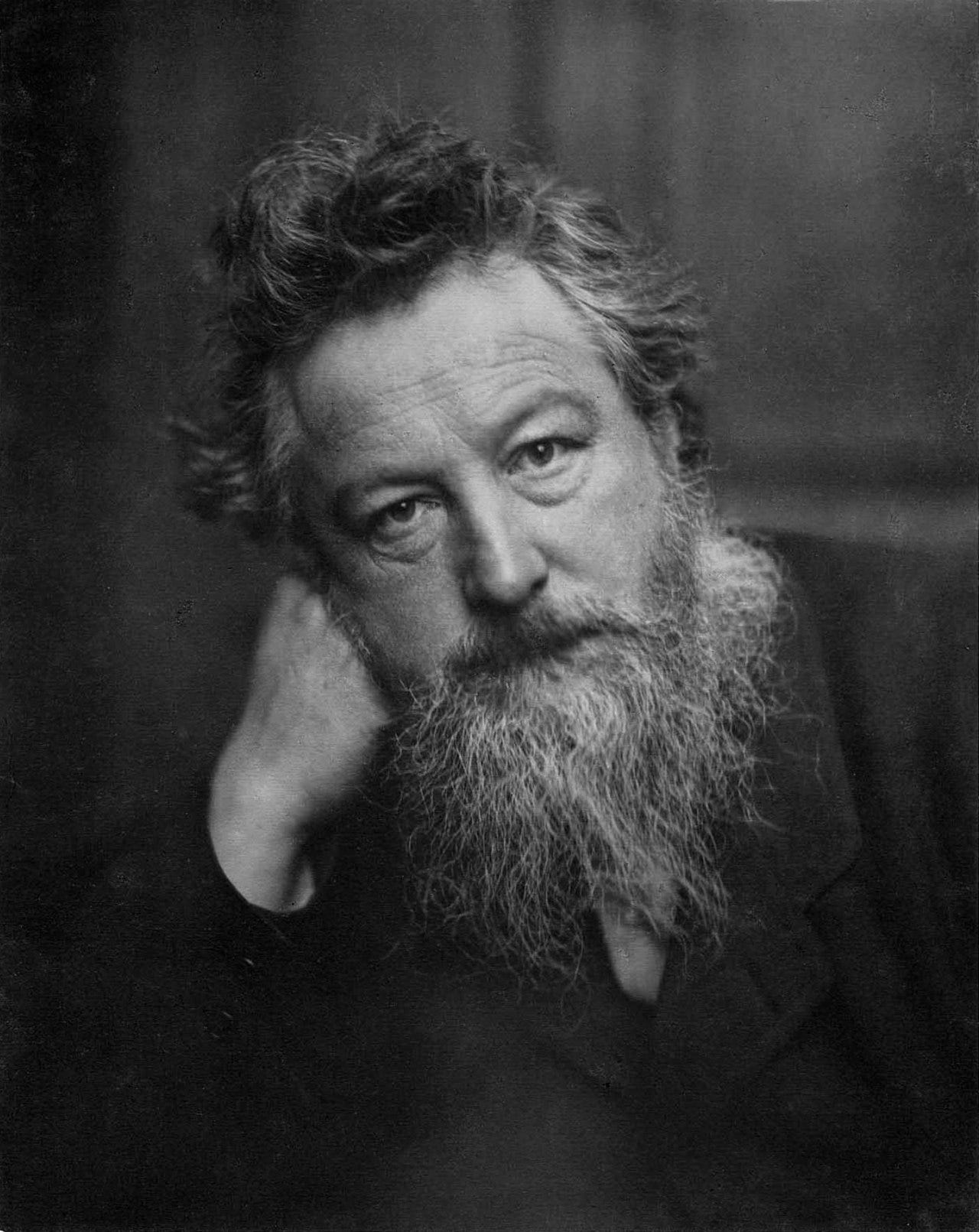Debunking 10 Myths about Traditional Architecture
Dogmatic Modernist attacks are still common. Here we address some of their false claims
All too often, modernists try to gain the upper hand in an architectural debate that is slowly but surely shifting in favour of traditional architecture. We are in favour of a healthy debate, but unfortunately, many in favour of Modernism resort to the repetition of a number of myths which have been used so often that they have become clichés. Some of the arguments used are of a more malicious nature, aiming to frame those in favour of traditional architecture as nothing more than radical extreme-right racists and bigots (for an example, see this article)
So without further ado, let's get to some of these myths!
Myth 1: Traditional architecture is primarily associated with the far-right
The idea that traditional architecture is automatically supported by the far-right is a simplification that does not do justice to the complexity of the discussion. In fact, people who advocate for the return of vernacular, traditional architecture are often progressive. Modernists, on the other hand, have historically been linked more frequently with authoritarian and fascist practices. In cities like New York and Paris, modernist architecture led to the demolition of beloved buildings and the displacement of thousands of residents in the name of “progress.” This idea of sacrificing communities for an ideological dream is closer to fascism than preserving traditional architecture.
Myth 2: Modernism represents progress, while traditional architecture is stuck in the past
Traditional architecture does not represent stagnation but rather a revaluation of proven designs that harmonize with human scale and the environment. It is wrongly viewed as reactionary or outdated, when in fact it is a form of resistance against the impoverishment of urban spaces by modernism. The problem with modernism is that it has entrenched itself in an aesthetic and ideological dogma that has eroded urban beauty. The dominant presence of modernist designs is not a natural evolution but rather the result of an absolutization of that style in architecture schools and professional circles.
Myth 3: Modern architecture is more efficient and economically viable than traditional styles
Modern architecture is often praised for its functionality and economic efficiency, but this often comes at the cost of aesthetics and livability. Traditional architecture, while sometimes more expensive in its initial setup, lasts longer and offers spaces that are much more pleasant and human. Moreover, people still prefer houses from the 1930s over most modern homes, despite the fact that these older houses are often inefficient. This is because traditional designs better embody the concept of “home.” Modern designs, on the other hand, can feel cold, repetitive, and distant, creating a lack of connection to the natural world.
Myth 4: Traditional architecture is a European invention and excludes other cultures
Architectural beauty is not limited to any one culture or region. Buildings like the Taj Mahal in India and Tōdai-ji in Japan demonstrate that traditional and classical styles are valued worldwide. The idea that promoting traditional architecture equates to advancing a “white, European” aesthetic is a misconception. People from all cultures and backgrounds appreciate well-designed, beautiful buildings, regardless of their origin.
Myth 5: Modern architecture solves social problems, while traditional architecture hides social inequality
The idea that traditional architecture masks social problems is incorrect. Social inequality and poor living conditions are products of industrialization, not the style of buildings. Moreover, modern architecture has often been used for large-scale urban renewal projects that displaced people from their homes without providing better living conditions. In contrast, many traditional building styles have created communities that are still cherished today, such as the classical Parisian neighborhoods that, despite their rise during industrial revolutions, continue to capture the hearts of residents and visitors alike.
Myth 6: Only modern architecture meets contemporary urban needs
Modern architecture has impoverished many urban environments. Cities have become uglier by clinging dogmatically to modernism. Traditional architecture, on the other hand, offers a way to make cities beautiful again and to create spaces that better meet people’s needs. While modern buildings may meet technological and economic requirements, they often lack the human scale, diversity, and visual appeal that traditional architecture provides.
Myth 7: Modern architecture is inherently progressive, while traditional architecture is conservative
Many of the founders of modernism, such as Adolf Loos and Le Corbusier, held explicitly right-wing and even fascist views. They advocated for the demolition of historic cities and communities in favor of their radical, futuristic visions. On the other hand, movements like the Arts and Crafts movement, based on traditional forms and craftsmanship, were rooted in socialist and anarchist ideas. It is therefore misleading to claim that modernism is progressive and traditional architecture conservative. The reality is that both movements can be supported from various political perspectives.
Myth 8: Aesthetics are subordinate to functionality in architecture
While functionality is important in architecture, it should not come at the expense of aesthetics. People want not only functional buildings but also spaces that resonate with them and where they feel at home. The aesthetic aspect of traditional architecture fosters a deeper emotional and psychological connection to the space. Modernist designs, often functional and minimalist, frequently lack this emotional appeal, creating a sense of alienation.
Myth 9: Preserving traditional architecture is impractical and expensive
Traditional buildings are often built to last for centuries, whereas many modern buildings require large-scale renovations after only a few decades. Moreover, numerous techniques have been developed to combine traditional styles with modern construction methods, making them both sustainable and economically viable. Traditional styles also tend to offer more flexibility and adaptability for future generations compared to rigid modern designs.
Myth 10: Modern architecture is the natural evolution of human progress
The rise of modernist architecture was not so much a natural evolution as an ideological choice made by a small elite of architects and urban planners. This choice was often based on utopian ideas that disregarded the actual needs and desires of the population. Traditional architecture, on the other hand, evolved through centuries of refinement and practical experience, focusing on creating livable, human environments.
If we, as a society, decide to create a more livable and beautiful built environment, it will not only align with but also represent true progress toward a better future.
Thank you for reading!








YES to all these valid debunking points! If I may, I would also add that at some point with traditional architecture especially from the mid-1800s, thought was put in to create not just beautiful, functional buildings but also readily incorporate tree-lined streets, parks or park-like spaces within immediate reach. Following WWII and the postmodernist-boom, green space was a) an afterthought, at best and b) literally just green space devoid of context or thought which usually ended up becoming places where less than savoury dealings occurred.
I think it's therefore also important that with this resurgent movement of traditional and functionally aesthetic architecture that there is much more robust and direct collaboration with trained master gardeners and landscape architects as a means of complimenting and enhancing the architectural beauty whilst also creating a welcoming natural oasis and space for people and wildlife, alike.